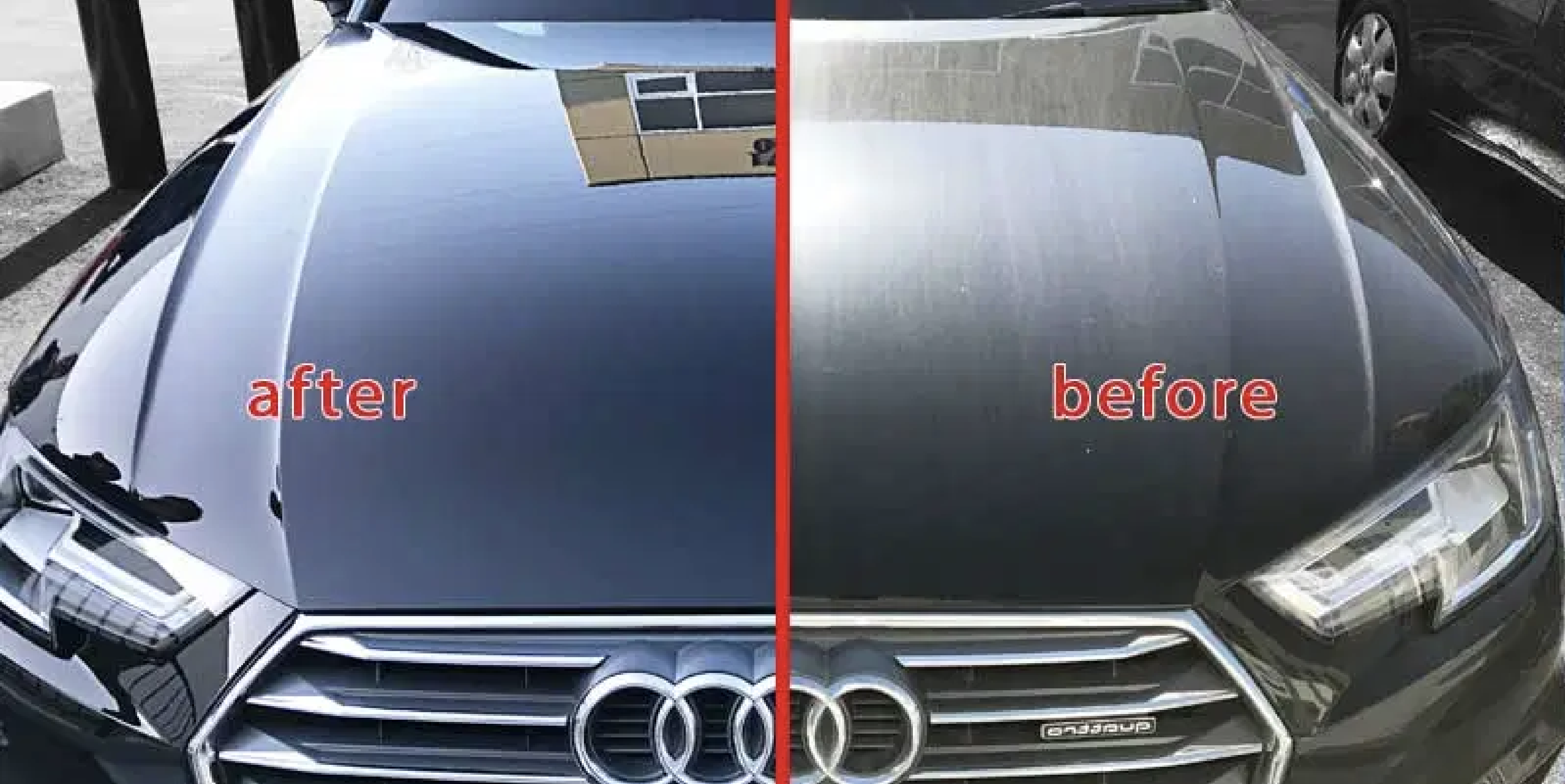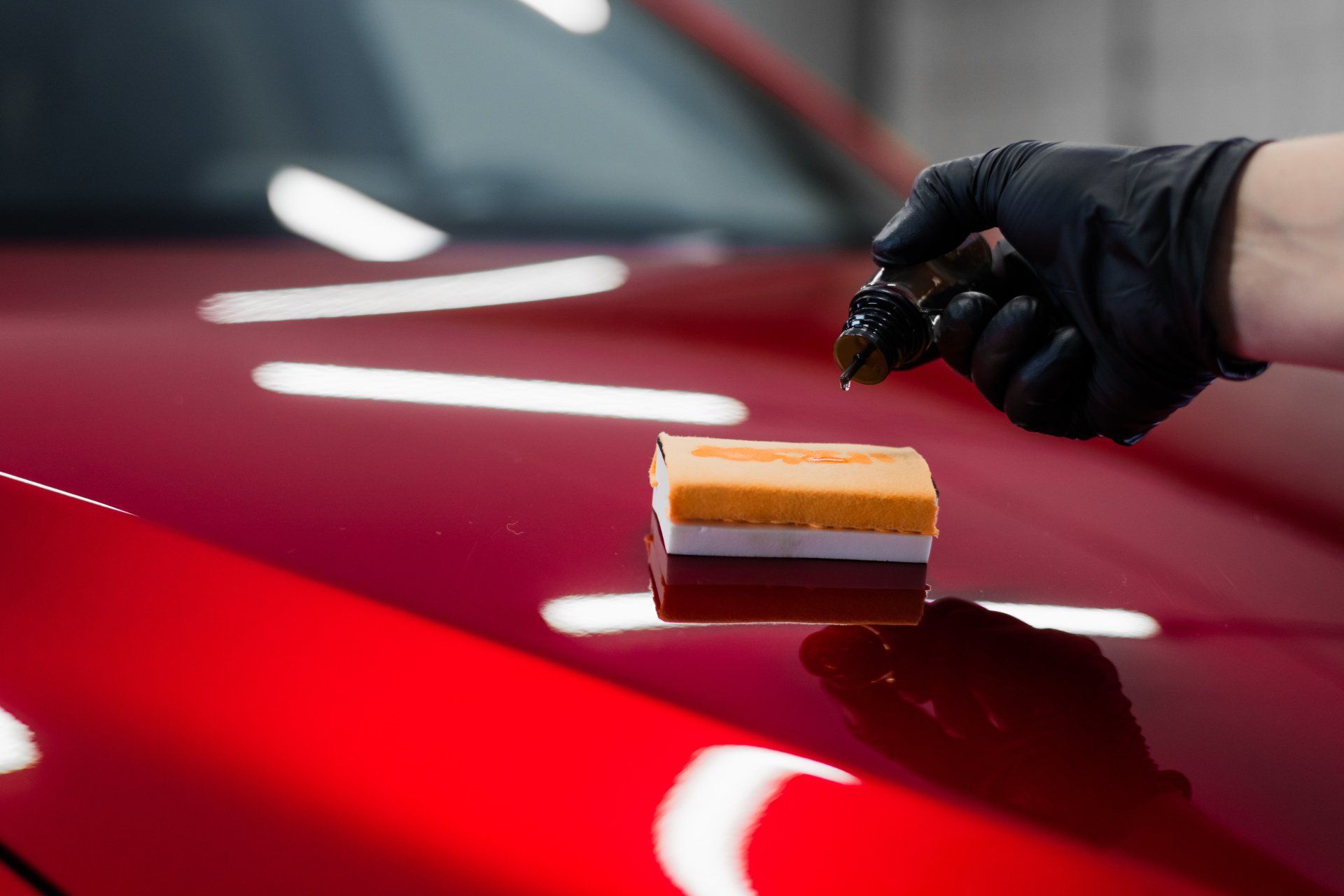Get professional ceramic coating Sarasota to safeguard your car’s paint.
Get professional ceramic coating Sarasota to safeguard your car’s paint.
Blog Article
A Comprehensive Overview to the Kinds of Ceramic Layer on the marketplace
Ceramic coverings have emerged as a critical option throughout different markets due to their unique residential or commercial properties and applications. As we check out the unique characteristics and applications of these coatings, the effects for performance and longevity end up being progressively apparent, raising questions about which type might ideal fit your demands.
Recognizing Ceramic Coatings
Ceramic coatings are innovative protective solutions that have gained appeal in various markets, specifically in vehicle and aerospace applications. These finishes are composed of a liquid polymer that, when treated, creates a long lasting, hydrophobic layer externally of the substratum. This layer supplies improved resistance to ecological contaminants, UV radiation, and chemical exposure, thus expanding the life and visual appeal of the underlying product.
The essential part of ceramic finishings is silica, which contributes to their solidity and durability. The application procedure usually entails surface area preparation, application of the coating, and healing, which can be accomplished through warmth or UV light. Once healed, ceramic layers display phenomenal bonding residential properties, allowing them to stick strongly to a range of surfaces, consisting of metals, plastics, and glass.
Along with their protective features, ceramic coatings likewise offer convenience of maintenance. Their hydrophobic nature lowers the adherence of dust and gunk, making cleaning less complex and less frequent. On the whole, the fostering of ceramic finishes represents a substantial innovation in surface area security technology, offering both practical and aesthetic benefits throughout several markets.
Kinds Of Ceramic Coatings
Various kinds of ceramic finishings are available, each made to meet specific efficiency needs and applications - Paint Protection Film. The most common types include:
Silica-based Coatings: These finishings mostly contain silicon dioxide and are understood for their resilience and chemical resistance. They are widely utilized in auto and industrial applications.
Titanium Dioxide Coatings: Popular for their photocatalytic buildings, titanium dioxide finishings are frequently used in environments where self-cleaning and antifungal residential properties are preferable, such as in structure products and vehicle surfaces.
Zirconia Coatings: Identified by their high-temperature stability and thermal resistance, zirconia finishings are made use of in applications such as turbine engines and high-performance vehicle parts.
Alumina Coatings: Displaying superb hardness and thermal stability, alumina coverings are frequently used in wear-resistant applications, consisting of cutting devices and industrial equipment. - ceramic coating sarasota
Hybrid Coatings: Combining the residential properties of different products, hybrid coatings supply improved efficiency attributes, making them ideal for unique and requiring applications.
Each kind of ceramic layer serves distinct purposes, allowing individuals to choose the most ideal solution based upon particular environmental conditions and performance demands.
Benefits of Ceramic Coatings
Ceramic coatings, in particular, offer numerous benefits that make them significantly popular among suppliers and consumers alike. These finishings are resistant to scratches, chemicals, and UV rays, guaranteeing that the underlying surface remains safeguarded over time.
In enhancement to toughness, ceramic coverings Full Article provide outstanding hydrophobic homes, permitting easy cleaning and upkeep. This water-repellent nature reduces the adherence of dirt, gunk, and other pollutants, which can prolong the visual allure and performance of the surface area. Additionally, ceramic coverings can dramatically improve thermal resistance, making them perfect for applications that endure heats.

Application Process
When using ceramic coverings, a thorough approach is crucial to attain ideal outcomes. A clean surface makes certain proper attachment of the coating.
When the surface area is prepped, the following action is to apply the ceramic finishing. The layer should be applied in thin layers, as thicker applications can lead to unequal coatings.
After application, the layer requires a certain curing time, commonly ranging from a find out this here few hours to a complete day, depending on the item. Adhering to these actions carefully will make best use of the efficiency and long life of the ceramic coating, offering a sturdy protective layer for the surface.
Upkeep and Durability
To guarantee the longevity and effectiveness of a ceramic layer, routine maintenance is crucial. Ceramic finishes, known for their resilience and safety high qualities, require certain care regimens to optimize their life-span and performance. The initial step in upkeep entails routine cleaning with pH-neutral soap, avoiding rough chemicals that can deteriorate the finishing. It is a good idea to wash the automobile frequently, preferably every 2 weeks, to stop the accumulation of pollutants that could jeopardize the layer's honesty.
Along with routine washing, regular inspections are essential. Try to find indicators of wear or damages, such as hydrophobic residential or commercial try these out properties reducing or surface area blemishes. If essential, a light polish might be related to rejuvenate the finishing without removing it away.
In addition, the application of a booster spray can enhance the layer's hydrophobic results and recover its gloss. This is specifically beneficial for finishings that have actually remained in use for an extensive duration. Inevitably, by adhering to these upkeep techniques, one can considerably prolong the life of a ceramic layer, ensuring that it remains to offer optimum security against ecological factors and preserve the aesthetic allure of the lorry.
Conclusion

Report this page